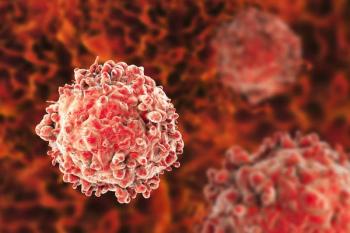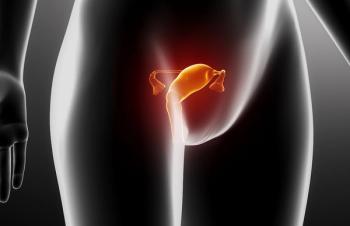
Oncology NEWS International
- Oncology NEWS International Vol 17 No 10
- Volume 17
- Issue 10
Report finds high rate of adoption of IMRT
DES PLAINES, Illinois-Fully 87% of U.S. radiation oncology sites have adopted intensity-modulated radiation therapy (IMRT), according to the “2007 Radiation Oncology Market Summary Report.”
ABSTRACT: The large majority of U.S. radiation oncology sites are now using this therapy.
DES PLAINES, Illinois-Fully 87% of U.S. radiation oncology sites have adopted intensity-modulated radiation therapy (IMRT), according to the “2007 Radiation Oncology Market Summary Report.”
The report, published by the IMV Medical Information Division, is based on profiles of hospital and free-standing radiation oncology sites throughout the country. Findings reflect responses from 652 sites interviewed during an 18-month period (January 2007-June 2008).
Report findings suggested that patients made about 24.5 million visits to 2,110 U.S. radiation oncology sites in 2007-a 5% increase from the 23.2 million visits made in 2006. Of all types of cancer treated with radiation therapy, prostate cancer accounted for 21%, breast cancer accounted for 20%, and lung cancer accounted for 13%.
In terms of treatment planning, 97% of plans used CT, and/or PET imaging. Most (90%) of the simulators installed in 2007 were CT simulators. More than 50% of sites now use image-guided radiation therapy (IGRT), primarily ultrasound, x-ray, and CT, up sharply from 15% in 2004.
Finally, the percentage of sites having capital budgets of $1.5 million or greater more than doubled between 2003 and 2008, from 15% to 32%.
“While the number of patients treated with radiation therapy every year is relatively stable, the technological sophistication of radiation oncology departments is continuing to advance,” commented Lorna Young, senior director of Market Research at IMV, in a press statement. “Digital imaging has become integrated into treatment planning and to guide tumor treatment real time.”
Articles in this issue
about 17 years ago
Nanoparticles extend survival in pancreatic ca patientsabout 17 years ago
Nobody puts cancer in a corner!about 17 years ago
ACS spends big money to highlight healthcare system deficienciesabout 17 years ago
Visits to oncologists up, but profit per patient is on the declineabout 17 years ago
Some HER2+ tumors prove resistant to trastuzumababout 17 years ago
NIH bankrolls molecular probes for targeted therapyabout 17 years ago
Oropharyngeal ca: IMRT spares salivary glandsabout 17 years ago
Fear of audit, lazy billing erodes profitsabout 17 years ago
Apoptosis inducer hits melanoma with double whammyabout 17 years ago
Triathlon for an MPD cureNewsletter
Stay up to date on recent advances in the multidisciplinary approach to cancer.
































































































